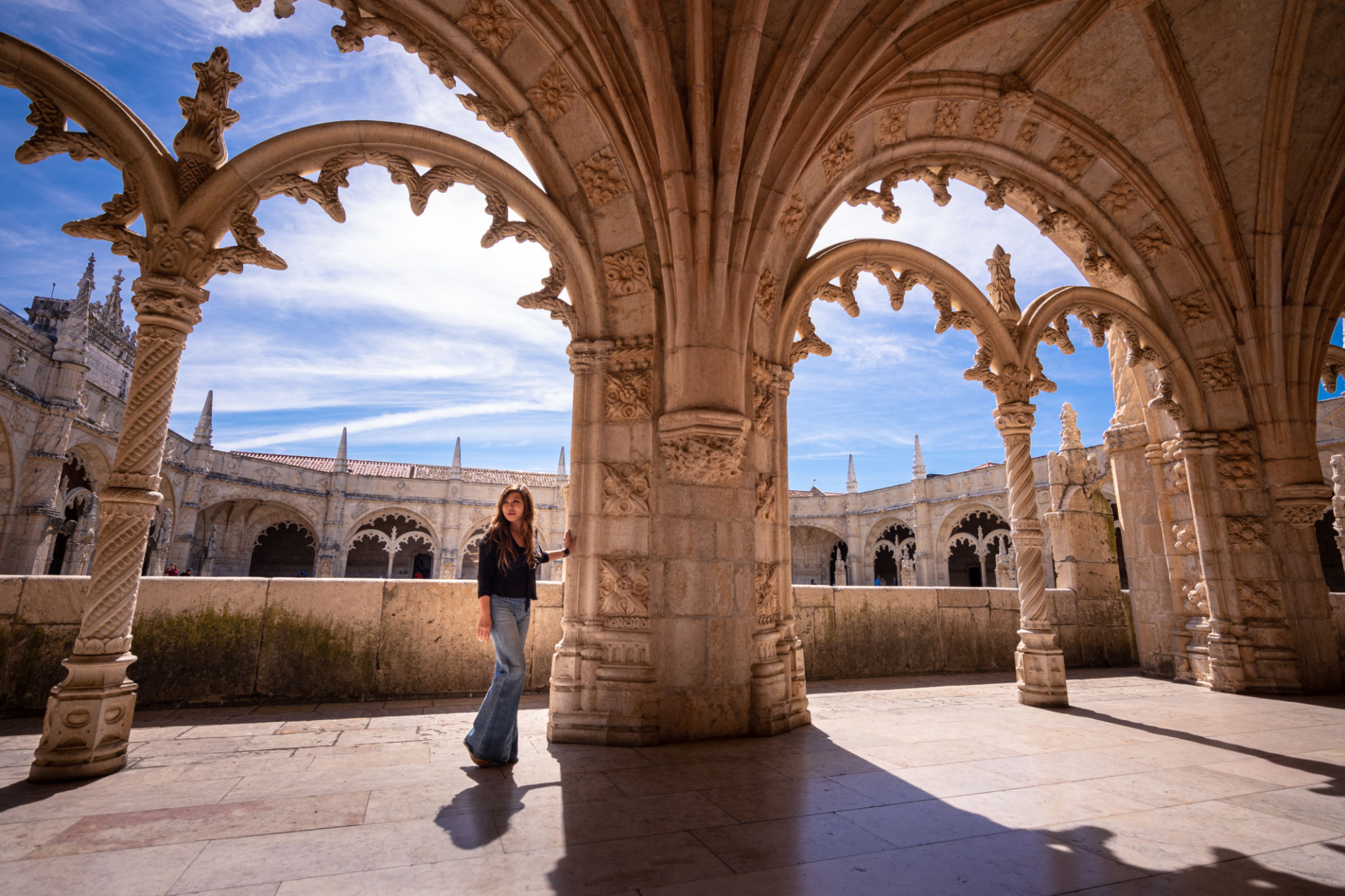The Role of Portuguese Culture in Modern Architecture and Design
The Influence of Portuguese Culture on Modern Architecture
Portuguese culture has a profound impact on modern architecture and design, seamlessly blending tradition with innovation. This influence is evident through the use of traditional materials, unique architectural styles, and the integration of historical elements into contemporary designs. The rich history and diverse cultural heritage of Portugal offer a wealth of inspiration for architects around the world.

Traditional Materials and Techniques
One of the most significant contributions of Portuguese culture to modern architecture is the use of traditional materials and techniques. Materials such as cork and azulejos (ceramic tiles) are not only sustainable but also visually striking. Cork, for instance, is used for its excellent insulation properties, while azulejos add a colorful and artistic element to building facades. These materials are often employed in innovative ways, blending the old with the new.
Architects are increasingly turning to traditional Portuguese techniques to create buildings that are both environmentally friendly and aesthetically pleasing. This approach not only preserves cultural heritage but also promotes sustainability in modern design.
Distinctive Architectural Styles
Portuguese architecture is characterized by its distinctive styles, which have evolved over centuries. From the Manueline style, known for its elaborate stonework, to the more minimalist contemporary designs, Portuguese architecture offers a variety of influences. The Manueline style, for example, showcases intricate carvings and maritime motifs, a nod to Portugal’s seafaring history.

These styles are often reinterpreted in modern architecture, creating spaces that are both functional and full of character. This blend of styles allows architects to craft unique buildings that resonate with cultural significance while meeting modern needs.
Integration of Historical Elements
Incorporating historical elements into modern designs is another way Portuguese culture influences architecture today. Renovations of historic buildings often retain original features such as stone arches or wooden beams, seamlessly integrating them into new structures. This practice not only preserves history but also enriches the design with stories from the past.
Modern architects draw inspiration from Portugal's architectural heritage, using it to create spaces that respect tradition while looking to the future. This approach fosters a sense of continuity and connection with the past.

Sustainable and Innovative Approaches
The emphasis on sustainability in Portuguese architecture is noteworthy. The use of local materials reduces environmental impact, while innovative design solutions address climate challenges. For instance, structures are often designed to maximize natural light and ventilation, reducing energy consumption.
This commitment to sustainability reflects a broader cultural appreciation for nature and resourcefulness—a value deeply ingrained in Portuguese society. By combining sustainable practices with cultural elements, architects are creating buildings that are not only environmentally responsible but also culturally meaningful.
The Global Impact of Portuguese Design
The global influence of Portuguese culture on architecture is seen in various iconic structures worldwide. Architects from diverse backgrounds draw inspiration from Portugal’s rich architectural heritage, incorporating its distinct elements into their projects. This cross-cultural exchange enriches the global design landscape, fostering innovation and creativity.
Portuguese architects themselves have gained international recognition for their unique approach to design. Their ability to blend tradition with modernity has set new standards in the field, inspiring architects around the world to explore similar paths.

Conclusion
The role of Portuguese culture in modern architecture and design is undeniable. By embracing traditional materials, distinctive styles, and sustainable practices, architects are able to create spaces that honor the past while looking towards the future. This harmonious blend of old and new not only preserves cultural heritage but also contributes to the richness and diversity of global architecture.
